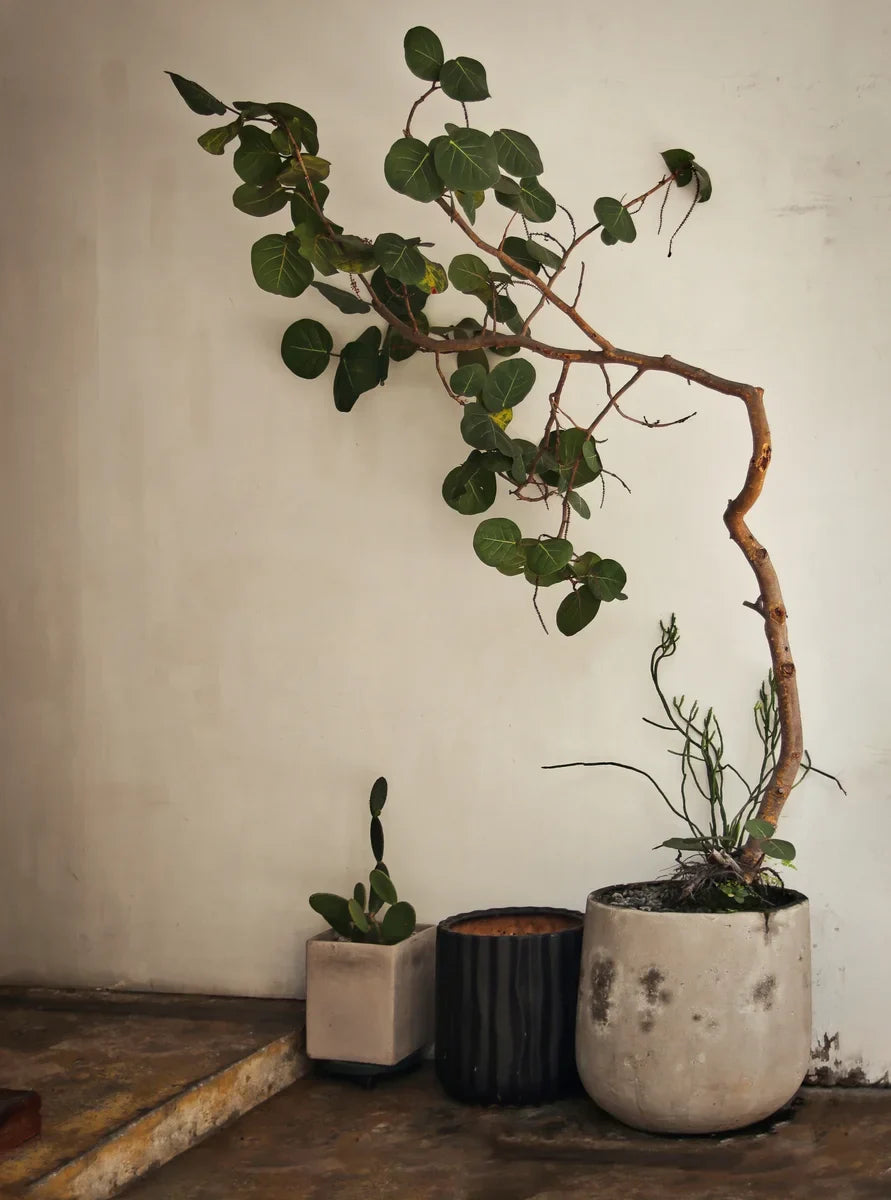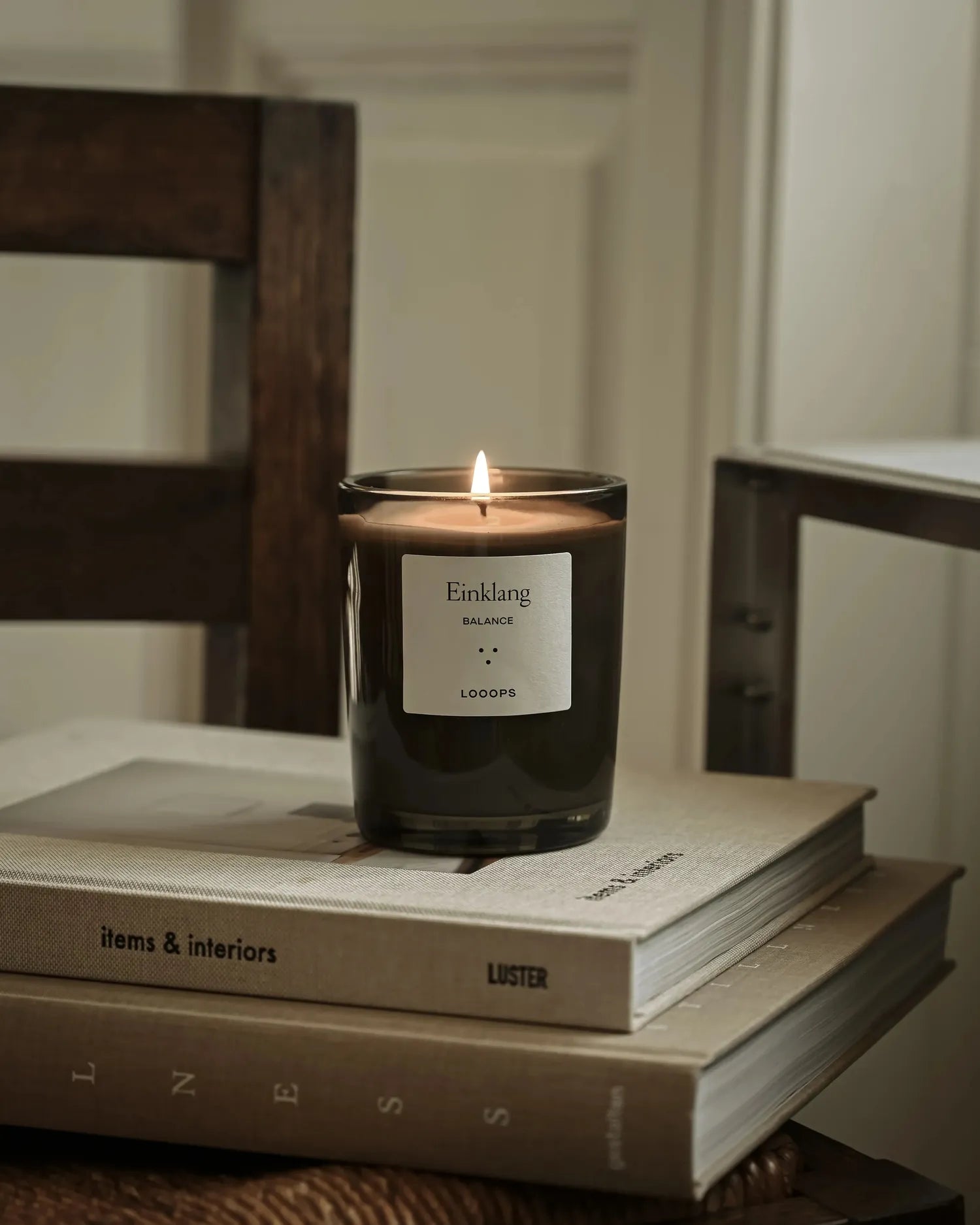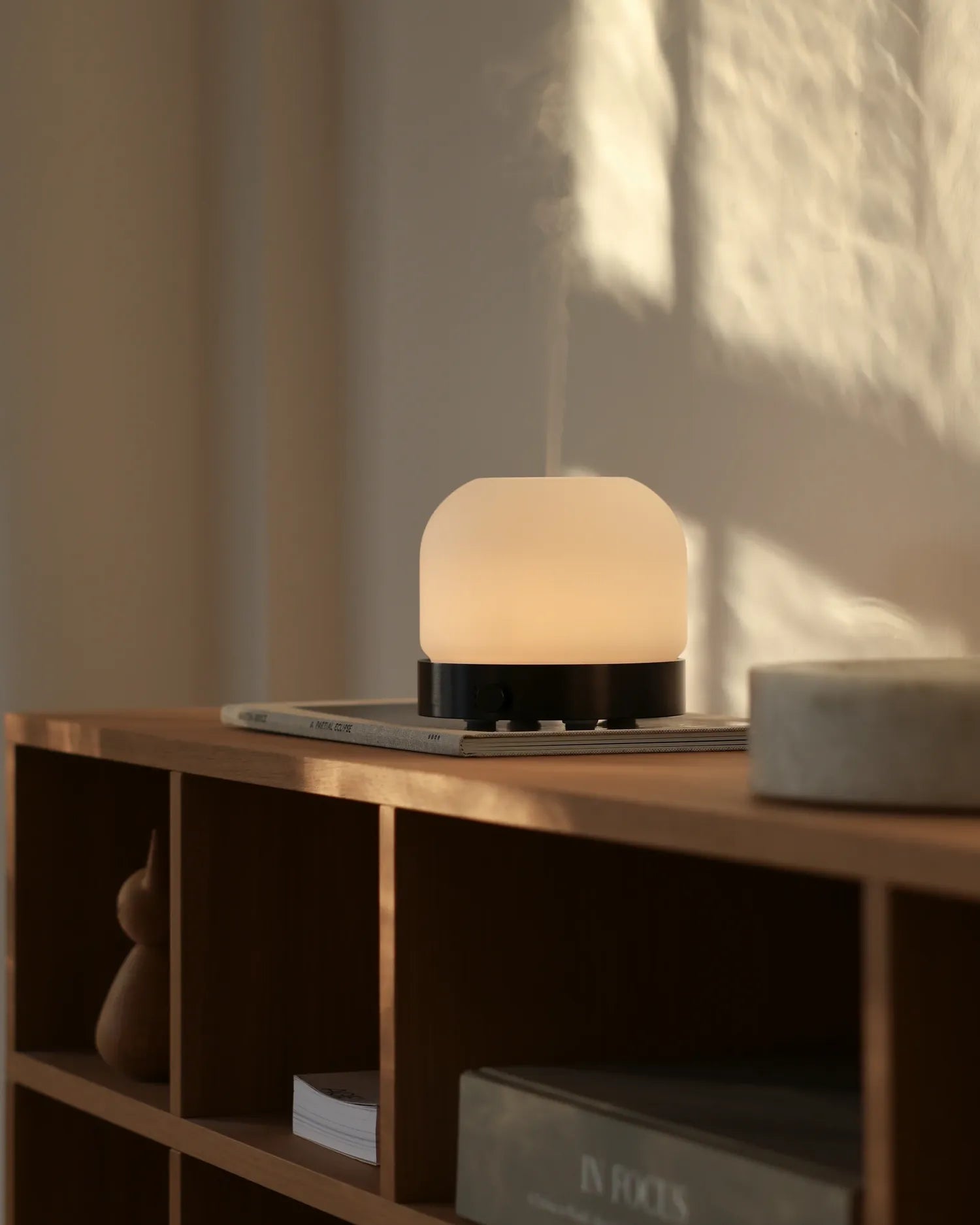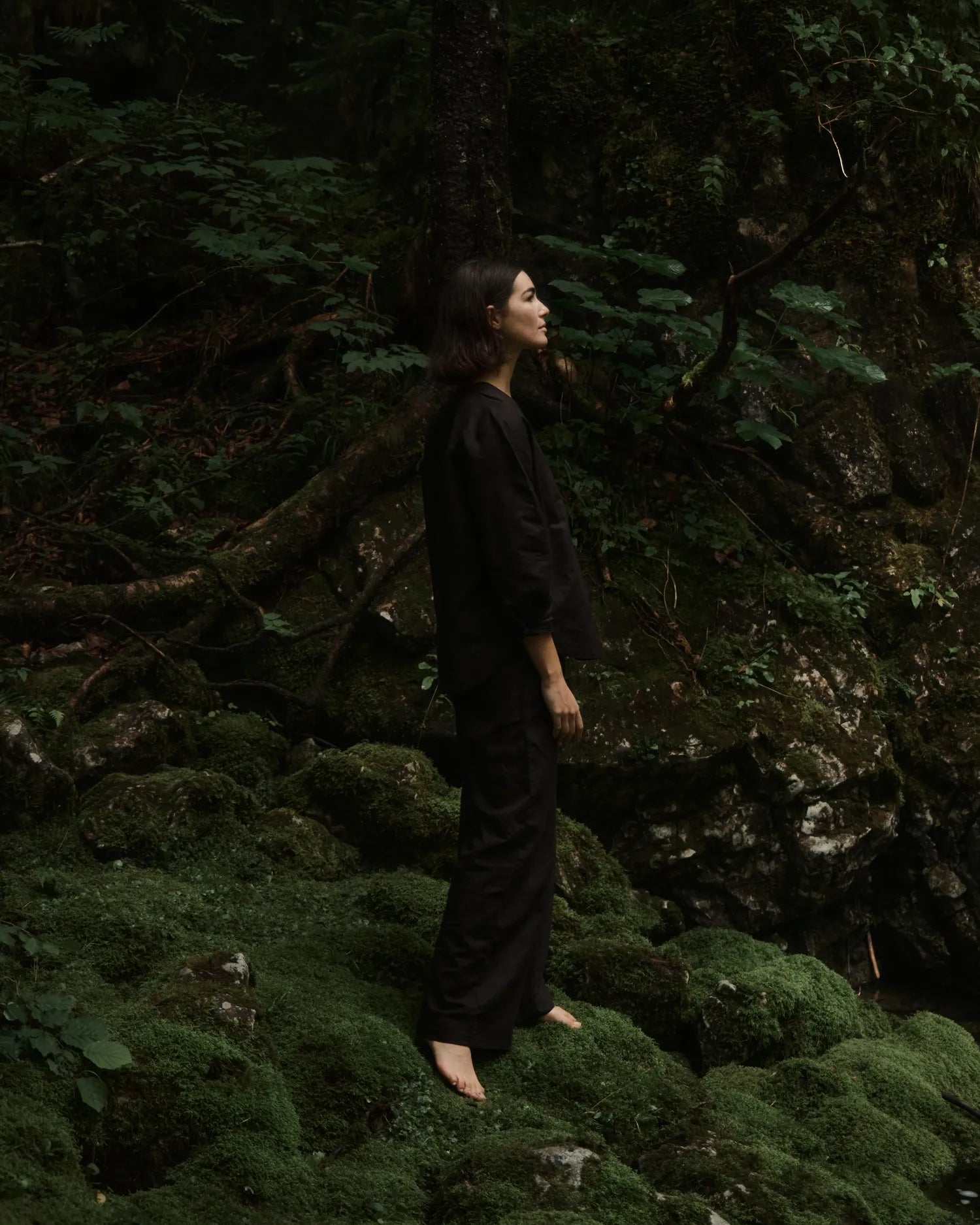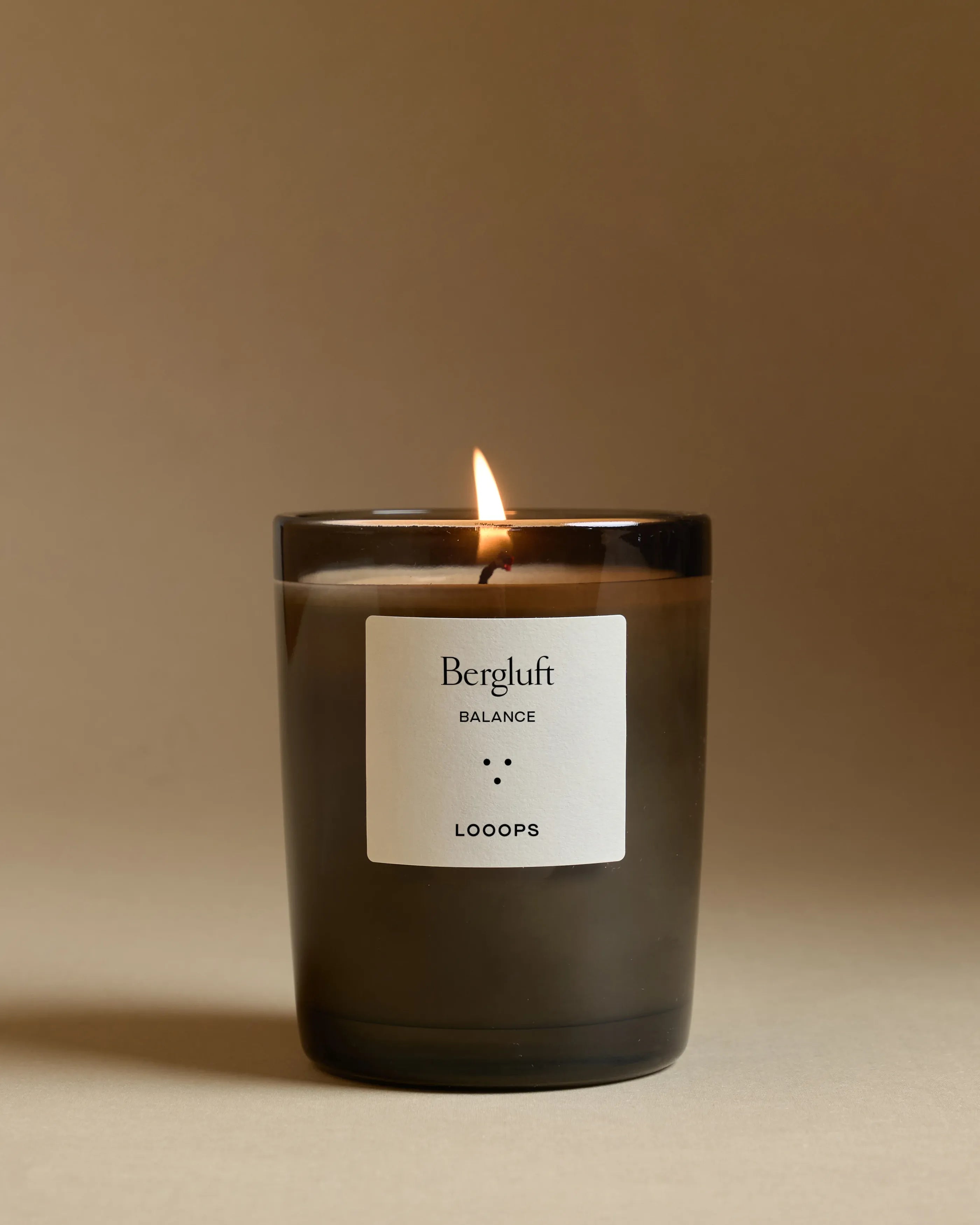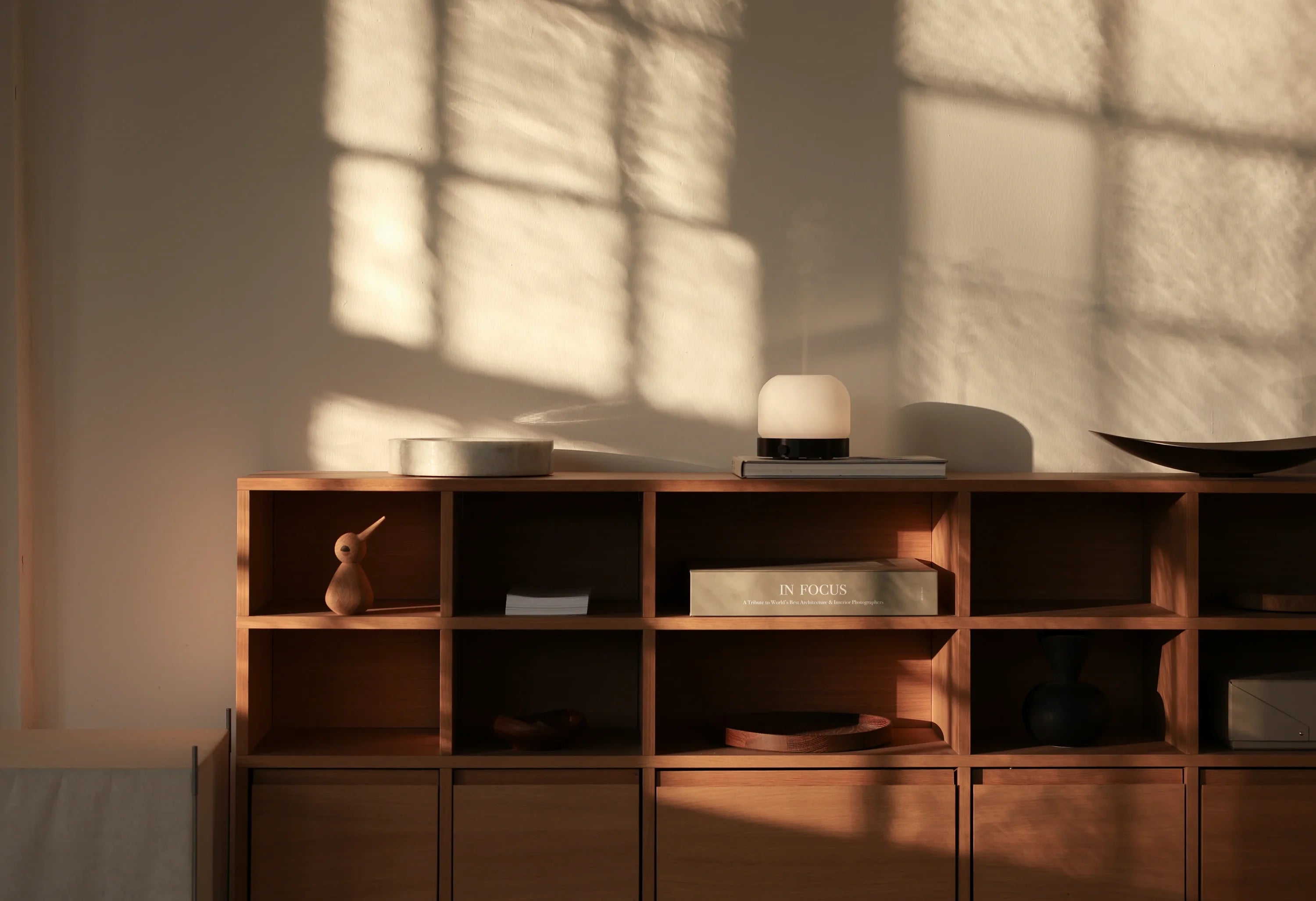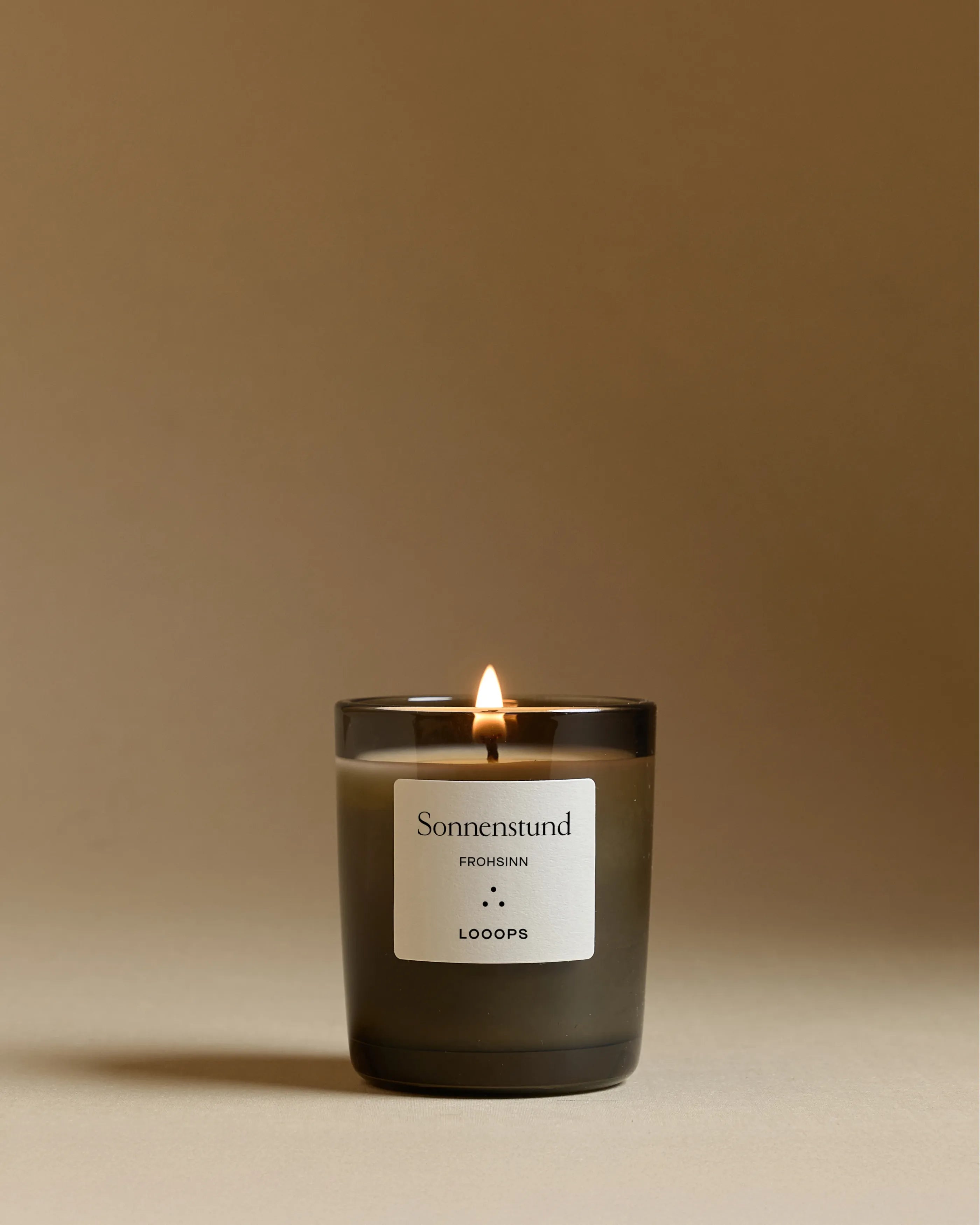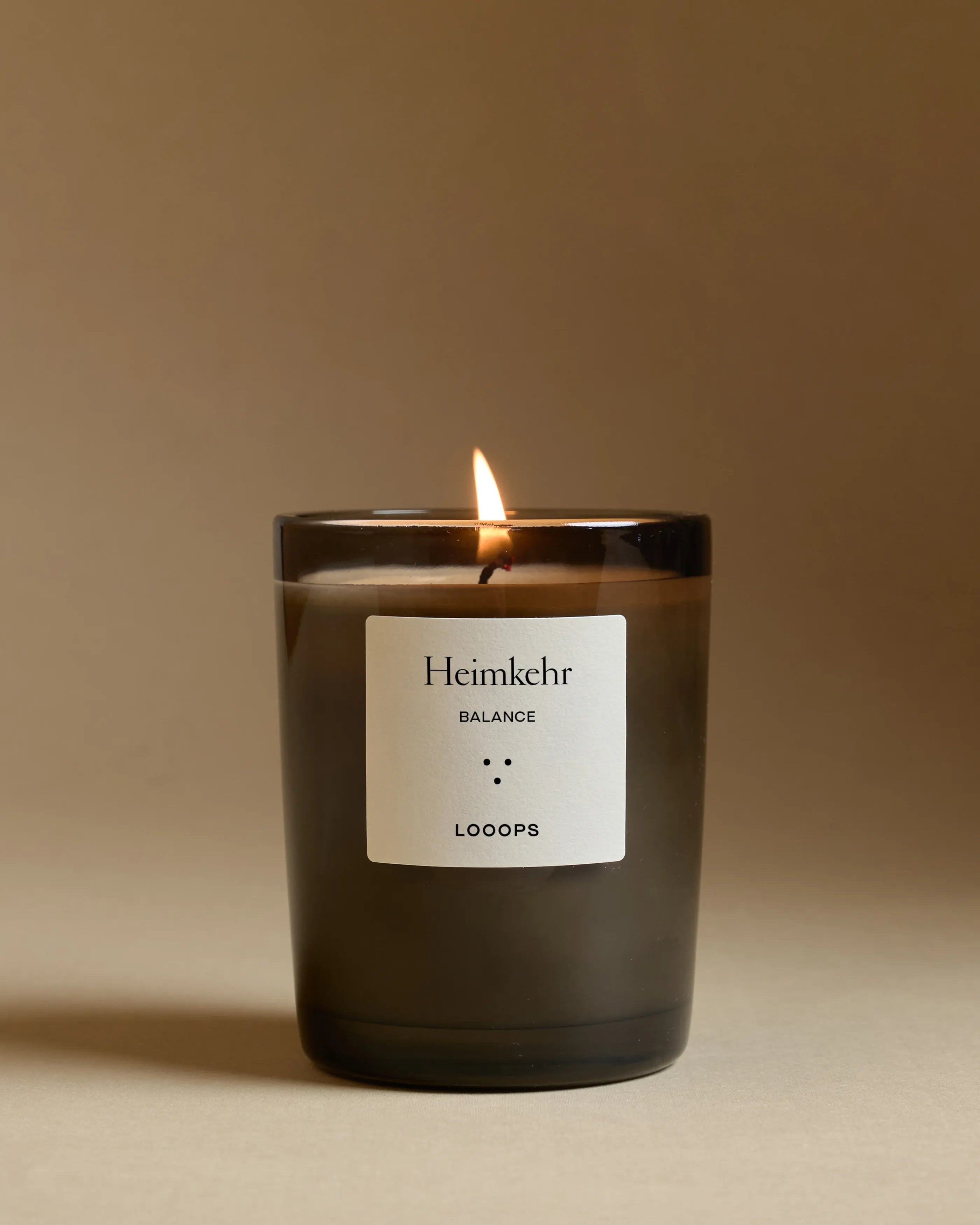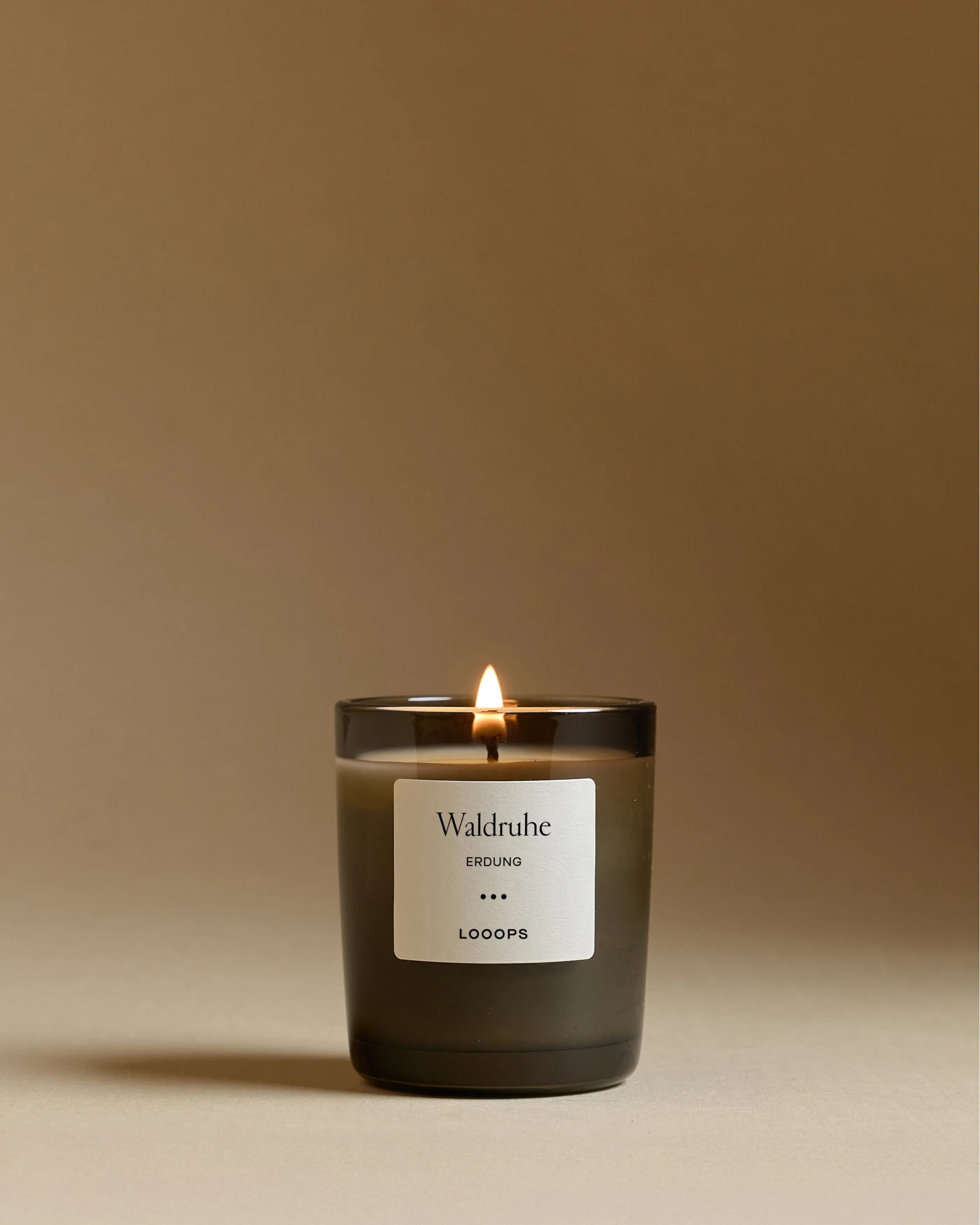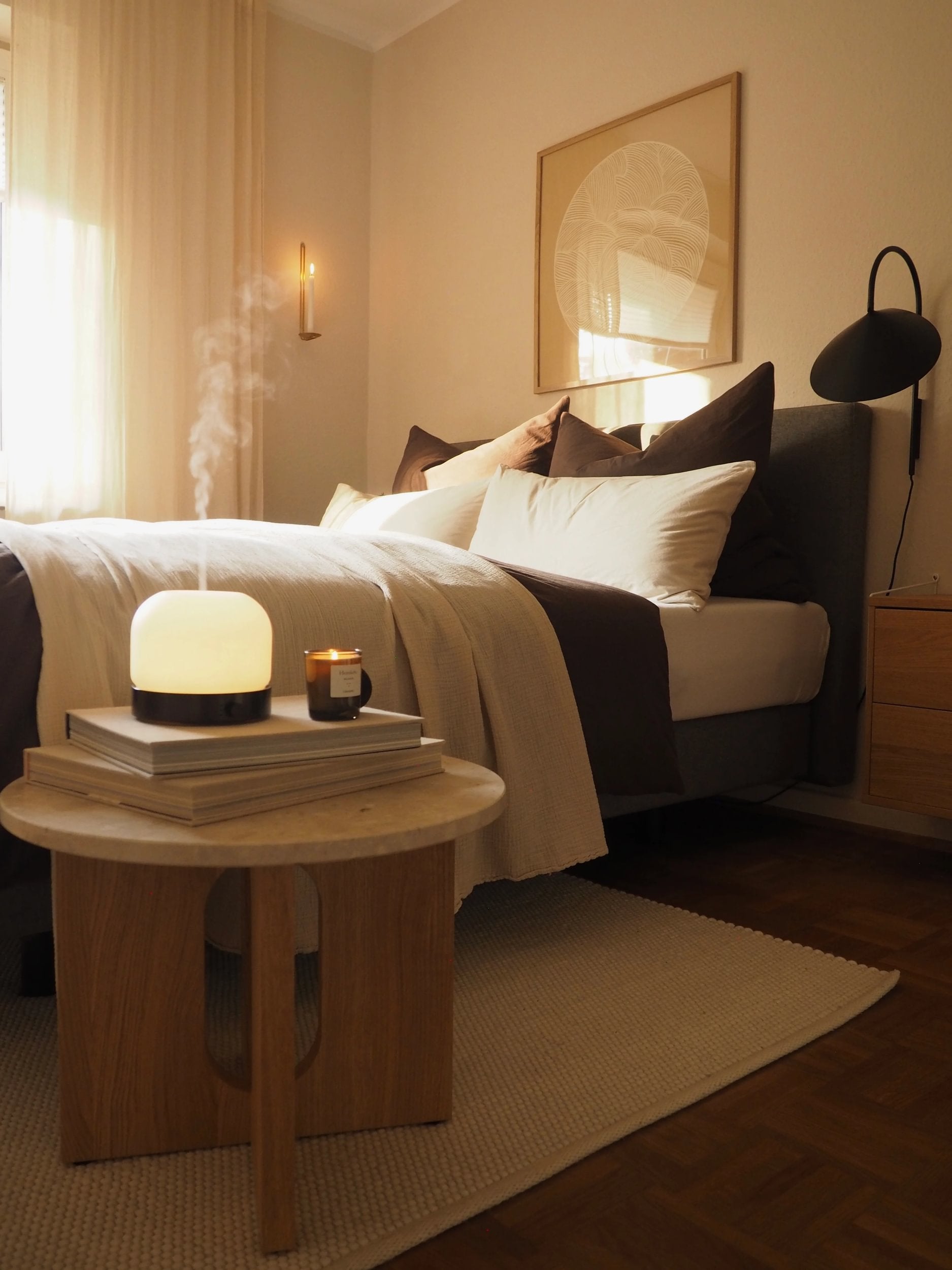
Blog - Test
True beauty is not perfect. On the contrary.
Wabi-sabi is a feeling - not a concept. And that is precisely where its beauty lies. It arises when something doesn't have to be perfect - and is touching for that very reason. When simplicity is enough. When the ephemeral has its own value.
Let yourself be carried along - through thoughts and spaces.
What is Wabi-Sabi
A thought that began with a bowl of tea.
In everyday life - How do I live the wabi-sabi feeling?
At home - when the imperfect is allowed to work.
Wabi-Sabi in the light of a scented candle.
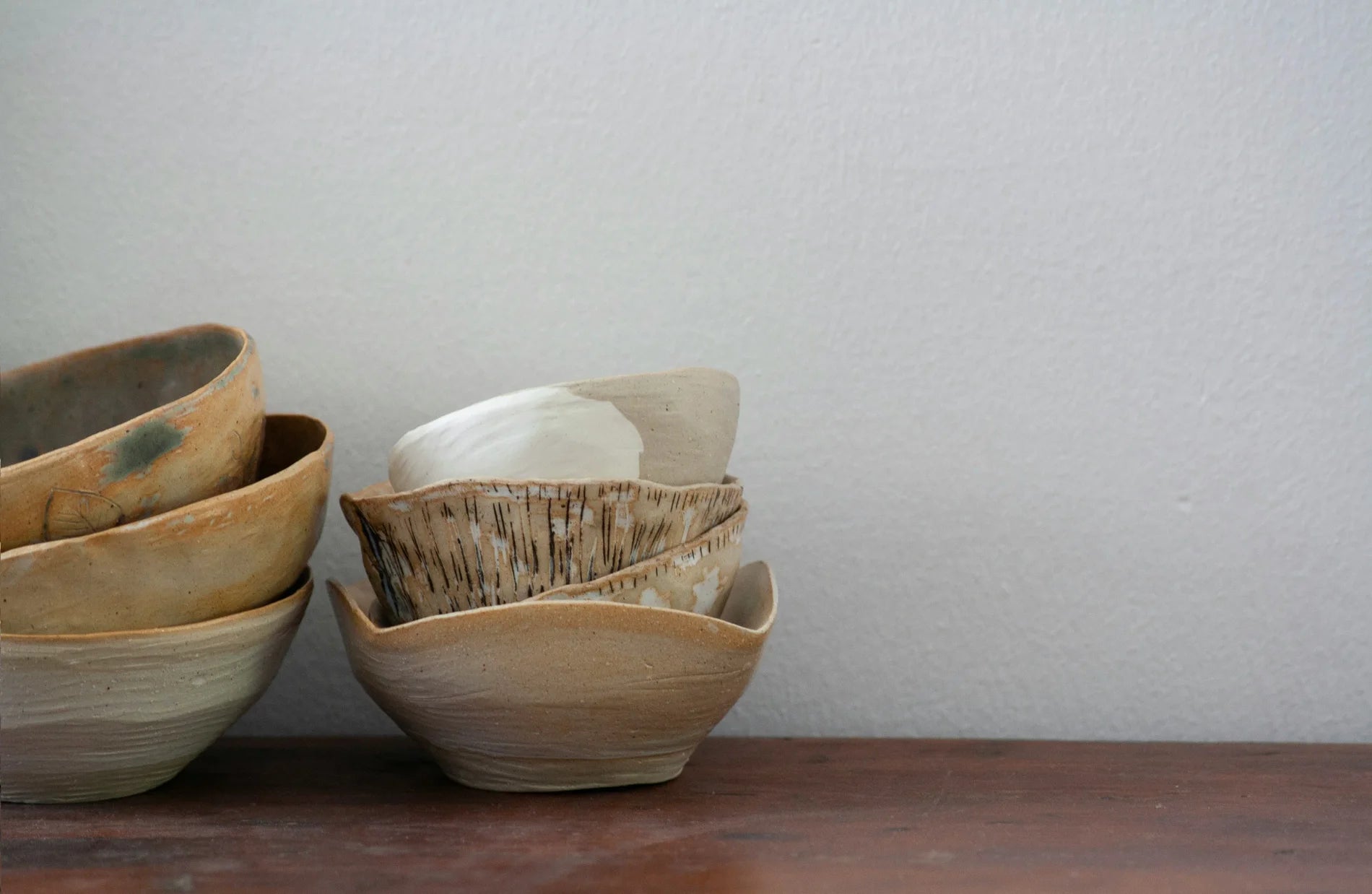
What is Wabi-Sabi?
Wabi-sabi is not an interior trend. It is a view of the world. A quiet, clear view - that loves simplicity. The ephemeral. That which remains when nothing more needs to be added.
The term originates from Japan and combines two attitudes:
Wabi describes the beauty of simplicity - the little that is enough.
Sabi recognizes the value in what is lived - in things that are allowed to grow old.
Both together leave room for what is not perfect - and therefore touching. Wood that bears traces. Stone that breaks irregularly. Linen that is soft to the touch. Wabi-Sabi recognizes in such materials not only their form - but their history.
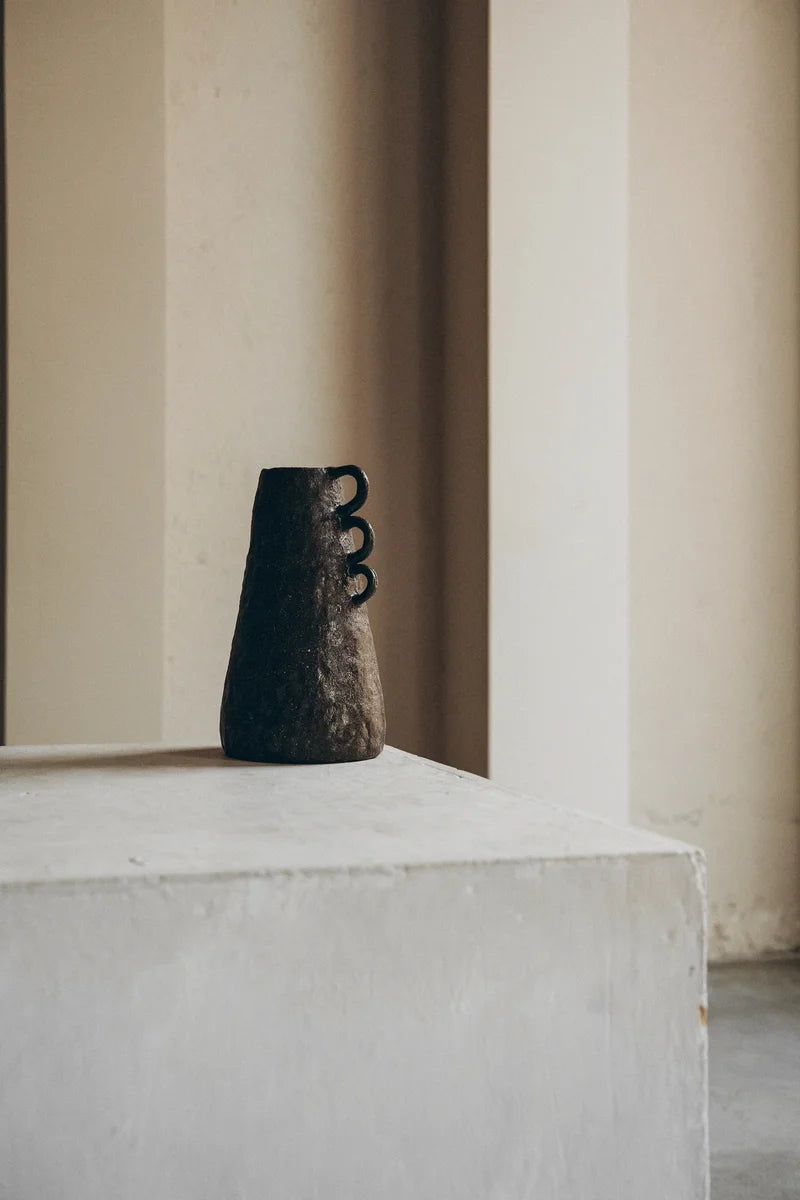
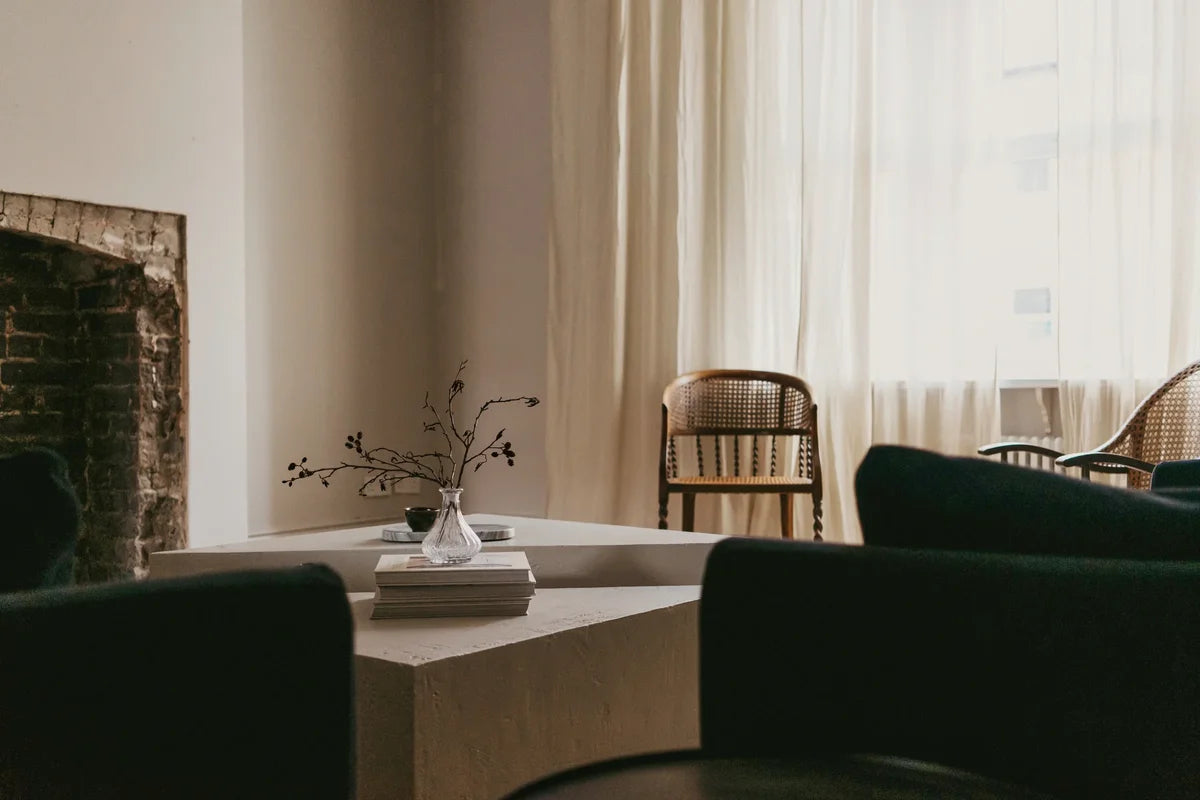
Use this text to share information about your brand with your customers. Describe a product, share announcements, or welcome customers to your store.


Use this text to share information about your brand with your customers. Describe a product, share announcements, or welcome customers to your store.
A thought that began with a bowl of tea.
The origins of wabi-sabi lie in Japanese tea culture. In the 16th century, the Zen monk Sen no Rikyū coined this view of things.
For him, beauty did not lie in splendor. But in the silence. In a rough tea bowl. In a room that has nothing to prove.
Wabi-sabi still plays a role in Japan today - as a matter of course, without any big words. It can be found in architecture. In gardens that let time take its course. In craftsmanship that doesn't have to be perfect to be appreciated.
The term itself is rarely used. But what it means lives on - in the way we design, live and preserve.
In everyday life - How do I live the Wabi-Sabi feeling?
Wabi-Sabi is an attitude - and it starts in everyday life. Not with big changes, but with small decisions in everyday life.
These four thoughts will give you orientation:
WABI - the art of simplicity.
Wabi invites you to focus on the essentials. Spaces that are not cluttered. Things that don't demand attention, but give you peace. What remains is allowed to work quietly - and unfold its power precisely in this way.
SABI - the beauty of living.
Sabi recognizes the value of time. In things that bear traces. In objects that are allowed to remain - for years. Patina is not a flaw, but a memory. For example, an oiled wooden board that becomes darker. Things that grow old become valuable.
NATURALNESS - in connection with that which lives.
Linen, wood, stone, ceramics. Materials that come from nature and are allowed to age with it. Surfaces that feel real. Shapes that are not perfect - but are touching for precisely that reason.
ATTENTION - own less, feel more.
Wabi-Sabi also means letting go. Keeping only what is really important to you. What you enjoy using. What does you good. Everything else can fade into the background. What remains becomes important.

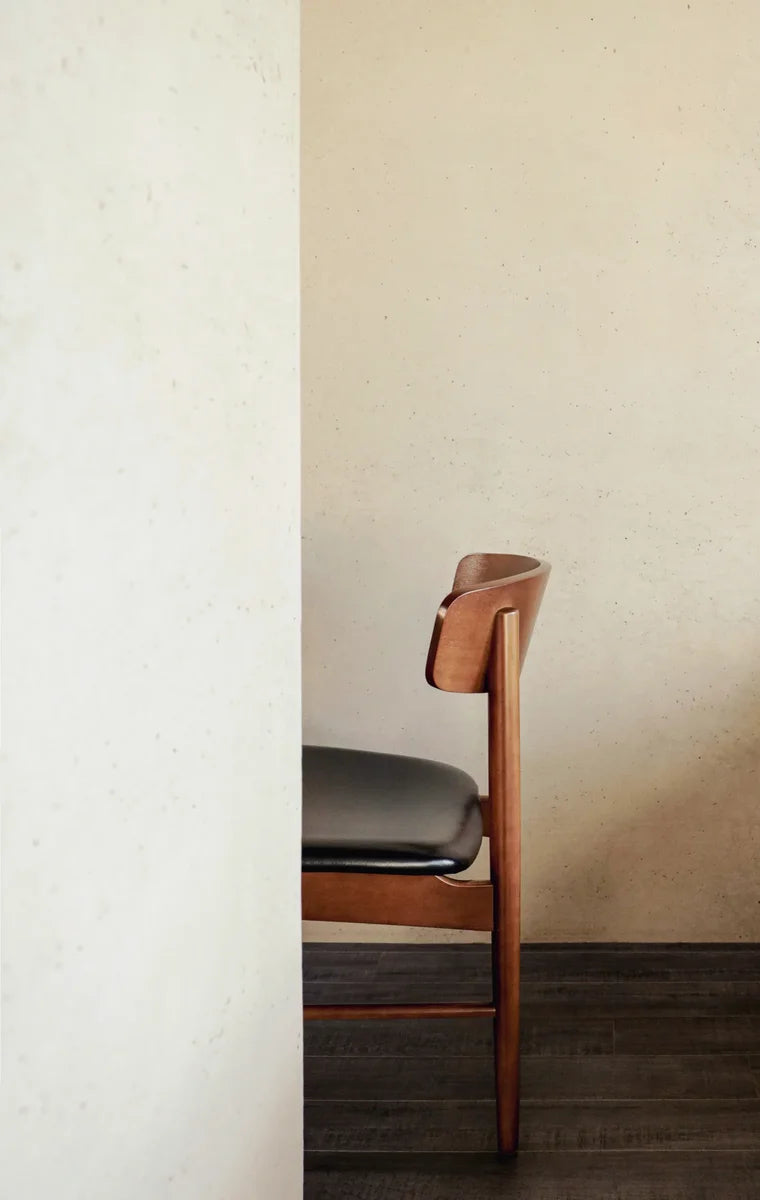
At home - when the imperfect is allowed to work.
A room with a wabi-sabi feel is reduced, but not cool. It appears calm because not everything demands attention. Because not everything needs to be explained. And because what is there has been deliberately chosen.
NATURAL MATERIALS play a central role here. Linen that is allowed to wrinkle. Wood that glows warmly - from light maple to soft oak. Alluvial wood that has been shaped by water and time. Earthenware that is not quite evenly fired.
The COLORS also follow nature: warm beige, soft grey, delicate natural white. Sometimes a muted green. Everything remains quiet - but lively.
The SHAPES are organic, never completely straight. Edges can be round. Lines are soft.
And the LIGHT? Comes along. It wanders over wood, meets stone, gets lost in a linen cloth. Sometimes clear, sometimes subdued - but always in motion.
Wabi-sabi does not mean having less. It means choosing more consciously. Fewer things. More feeling.
Wabi-Sabi in the light of a scented candle.
The elegant simplicity of Wabi is reflected in the simplicity of its form - and in the care with which every detail is chosen. Natural materials. Pure plant wax. Essential oils that remain unadulterated.
Sabi becomes tangible when the candle burns. When the wax changes. When traces remain. A little different every time - and that's exactly why it's so special.
Space. Light. scent.
Scented candles that accompany the moment. Without taking center stage.
Scented candlesSwiss stone pine · juniper
Swiss stone pine · juniper
Lavender · Juniper
Blood orange · Grapefruit
Rosemary - Lavender
Limit everything to the essentials, but don't remove the poetry.
Read more
